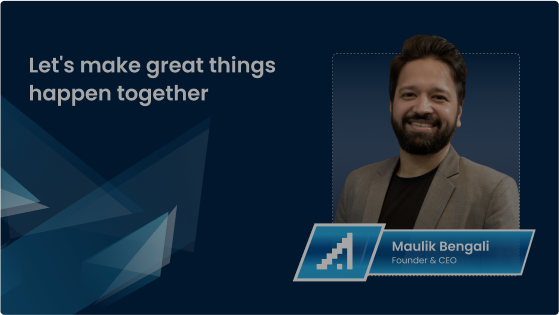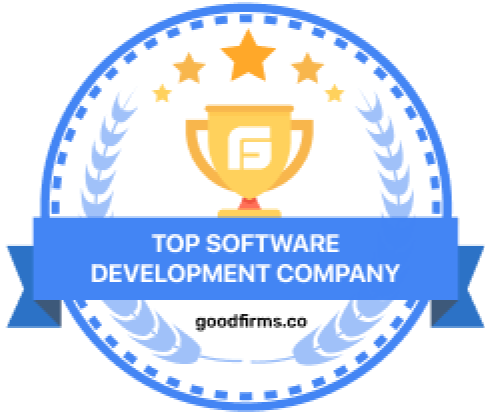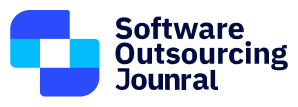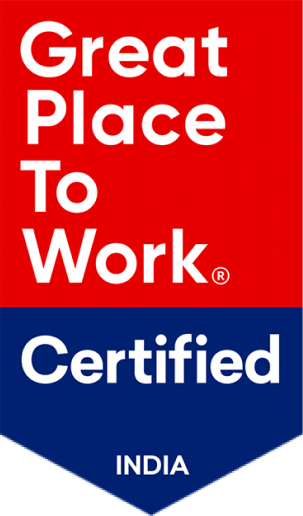Today’s business world is constantly moving forward, with businesses always trying to find new, flexible ways of executing projects to attain strategic goals. This includes choosing the correct engagement model to be a successful player in this field. This article delves into three prevailing engagement models- team augmentation, managed projects, and the BOT model-and will help you choose by providing more information on detailed case studies, along with real-world examples.
Engagement Models
1. Team Augmentation: Scaling Your Team Strategically
Team augmentation, or staff augmentation/resource augmentation, is a dynamic approach to scaling your team through the seamless integration of external resources into your existing workforce. It’s as if adding the final specialized puzzle pieces to complete your team picture.
This model is very adaptable, able to cater to short-term needs, rapid scaling requirements, and filling skill gaps without the long-term commitment of permanent hires.
Use Cases:
Fill in Skill Gaps:
A FinTech startup is looking to launch a new product feature based on blockchain technology, but they don’t have specialists in-house. Team augmentation offers access to contract blockchain developers with experience.
Scaling for Project Peaks:
A marketing agency gets overwhelmed with client projects. They augment their team with freelance content writers, graphic designers, and social media managers to deal with the surge in work.
Specialized Skills for a Single Event:
A construction company needs an engineer who specializes in the design of bridges for a one-time event. With staff augmentation, they can engage this expertise for the time the project needs them.
Substitute for Leave or Absent Employee:
A hospital needs to temporarily replace a senior nurse due to maternity leave. They employ the services of staff augmentation to bring in another nurse with equivalent qualifications.
Software Development:
A software company uses nearshore staff augmentation to access a pool of talented developers in a neighboring country, reducing development costs while maintaining quality. They might use this for specific projects requiring niche skills like AI/ML or cybersecurity.
Marketing:
A global brand leverages digital marketing staff augmentation to execute targeted advertising campaigns across various social media platforms. They can scale their campaign management team up or down based on seasonal demands or specific product launches.
IT Support:
A large enterprise uses IT staff augmentation to provide 24/7 help desk support, ensuring continuous service availability without the overhead of a large in-house support team.
Healthcare:
A hospital system leverages healthcare staff augmentation to fill critical needs in a particular area of service, for example, cardiology or oncology.
Benefits:
- Flexibility and Scalability: Easily scale up or down to meet changing project demands.
- Access to a Global Talent Pool: Tap into a wider range of skills and expertise.
- Cost-Effectiveness: Reduce hiring costs, benefits packages, and other overhead associated with full-time employees.
- Faster Time-to-Market: Quickly assemble project teams and accelerate project delivery.
- Less Administrative Burden: Simplified onboarding and offboarding.
2. Managed Projects: Project Responsibilities
Outsourcing the whole project or a clearly defined component of the project to an external service provider is considered a managed project model. The provider is liable for all phases of the project, including planning and execution, quality assurance, and delivery; hence, ensuring it is done on time and within budget. This model applies best to projects that have clearly defined scopes, deliverables, and timelines.
Use Cases:
A restaurant chain contracts with a company that specializes in the development of mobile apps for an app specifically used by its customers.
- Sales Organization hires a CRM implementation partner who customizes and deploys Salesforce for its sales force
- Market Research Consumer Goods Company engages a market research firm to do extensive consumer preference studies on new products.
- Building a website: A small business hires an external web development agency to design and develop its company’s website.
Benefits:
- Reduced Management Overhead: Free up internal resources to concentrate on core business activities.
- Access to Specialized Expertise: Leverage the service provider’s skills and experience in the area of project management and the specific domain.
- Predictable Costs and Timelines: Fixed-price contracts and well-defined timelines provide cost and schedule certainty.
- Improved Quality and Efficiency: Service providers often have established processes and best practices to assure excellent quality and efficient project execution.
- Risk Mitigation: The service provider assumes responsibility for project risks.
3. BOT Model: A Strategic Partnership for Capability Development
The BOT model is, however, more strategic and longer term. Here, the service provider builds not only a facility or process or a team but operates it on behalf of the client for a defined period, which then ends when the client resumes ownership and control.
It best suits an organization that aims to enter new markets, set up new capabilities, or enhance current operations, but with the main objective being knowledge transfer. Such as BOT Build Own Transfer, BOT Build Operate and Transfer, and integration of the bot model, including the build operate transfer bot model, bot build operate transfer, bot build operate and transfer, build operate and transfer model, build operate transfer bot model.
Use Cases:
A company started as an offshore development center for a US-based software company when it partnered with an Indian service provider to create and run an offshore dedicated development center. Eventually, after many years, it transfers back into the company.
- Building of a Shared Service Center: Setting Up a Multinational Firm employs a Service Company to erect a Shared Service Center for providing services in financial as well as accounting tasks. Thereby, post completion of some years of transitional service, shared services center operates as part of corporate entity’s multinational organizations.
- Building a New Manufacturing Facility: A manufacturing company hires a construction and engineering company to erect and subsequently run a new plant. The business is handed over after a given period.
- Offshore Call Center: A telecom company enters into a contract with a BPO service provider for building and subsequently running an offshore call center. After a couple of years, it buys back the call center business.
- Data Analytics Center of Excellence: A financial institution hires a consulting firm to establish and operate a data analytics center of excellence. In due course, the capabilities and expertise are transitioned to an internal team at the institution.
- Renewable Energy Plant: A utility company agrees with a construction company to develop and operate a solar power plant. The plant is handed over to the utility company after a predetermined number of years.
Benefits:
- Rapid Entry into New Markets: Expand your operations into new geographic regions or industry segments without significant upfront investment.
- Access to Specialized Expertise and Technology: Leverage the service provider’s expertise and technology to build and operate complex facilities or processes.
- Knowledge Transfer and Capacity Building: Gain valuable knowledge and best practices from the service provider during the operation phase, enabling a smooth transition.
- Cost Optimization and Efficiency Gains: Leverage the service provider’s operational efficiencies and economies of scale.
- Long-Term Growth and Sustainability: Establish a sustainable presence in a new market or develop new capabilities for long-term growth.
Choosing Engagement Models: A Strategic Decision
Selecting the optimal engagement model requires careful consideration of several factors:
- Project Scope and Complexity: For team augmentation, the projects must be simple with clear definitions; complex, multi-faceted projects may demand a managed project or BOT model.
- Required Expertise and Skills: Team augmentation is ideal for filling specific gaps in skills while managed projects and BOT models will open up avenues to a range of expertise.
- Budget and Timeline Constraints: Based on budget and timeline, engagement models can be selected.
- Risk Tolerance: In the cases of managed projects and BOT, a higher transfer of risk exists towards the service provider.
- Long-term Strategic Objective: If strategic goals are intended for the provision of a new long-term business in a specific market or generating new capabilities in terms of its activities, this could be in a BOT manner.
By properly assessing your needs, understanding the subtleties of each engagement model, and carefully considering the factors above, you can make a strategic decision that aligns with your business objectives and sets your projects up for success.
Conclusion: Choosing the Right Path to Project Success
Evaluating your project requirements, comparing the advantages and disadvantages of these engagement models, and doing complete due diligence can help you decide upon an engagement model that best positions your organization to succeed.
But remember, proper communication, clear contractual agreements, and a strong governance framework form the essence of the success of any engagement model. Ultimately, the right engagement models that help you actually achieve your immediately relevant project-specific goals will make contributions to a set of overarching strategic objectives related to sustainable long-term growth and profitability.
If you are looking to implement any of these engagement models for your business, we are here to help you with it. Get in touch with us.

Start a Project with Ajackus















